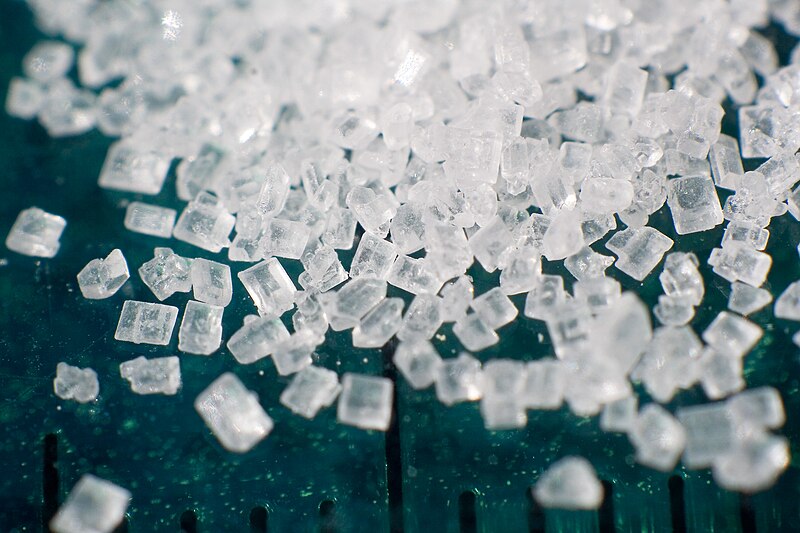.
Re-posted WALTER M CHESNUT's article from Substack: "A Cellular Peine Forte et Dure: The Spike Protein Induces Almost Imperceptible Chronic Inflammation with Devastating Consequences The key cytokine is almost certainly CCL2, and this was known in 2010!", by WALTER M CHESNUT APR 15, 2024
Quote:
Upregulation of the Chemokine (C-C Motif) Ligand 2 via a Severe Acute Respiratory Syndrome Coronavirus Spike-ACE2 Signaling Pathway
Upregulation of the Chemokine (C-C Motif) Ligand 2 via a Severe Acute Respiratory Syndrome Coronavirus Spike-ACE2 Signaling Pathway
Why is upregulation of CCL2 (MCP-1) important and why is it dangerous?
CCL2 is expressed in, among other cells, endothelial cells. It is at Ground Zero of what I have called Spike Protein Endothelial Disease (SPED). I believe this to be an initial condition (invasion) that leads to global organ dysfunction and destruction. Please search my Substack for background. CCL2 is involved in much SARS-CoV-2 sequelae.
...
Just as I have previously hypothesized that the Spike Protein is inducing almost imperceptible “micro-tumors,” I have also hypothesized about it causing constant organ damage. This is through inducing almost imperceptible constant inflammation, which, ultimately also explains the accelerated aging I predicted the virus and its Spike Protein would cause. There is now proof of this mechanism.
A study published Friday proves that this low-level, constant inflammation is, indeed, occurring.
...
This slow burn. Eroding all organs little by little. It is Bond-level diabolical. Of course, certain authorities would have us believe that the Bat and the Pangolin have managed to "create" one of the most stealthy and cruel conditions one could conceive – imagine what Humans could do!
We must investigate further. I believe that the Spike, via its amyloidogenic properties, either self-replicates, or is retrotranscribed into host DNA, or both. This is also further evidence that avoiding the Spike Protein (in ALL of its forms) and keeping an anti-inflammatory diet is critical. At least until we have a full understanding of the long-term effects of the Spike Protein and how to deal with them.
Thank you, as always, for your support, readership and dialog.








